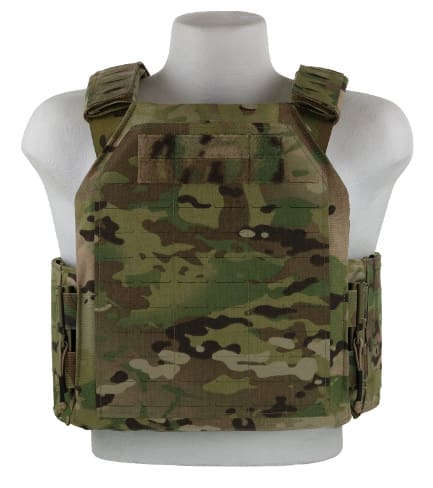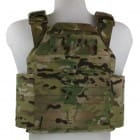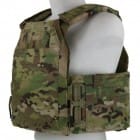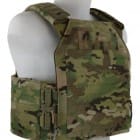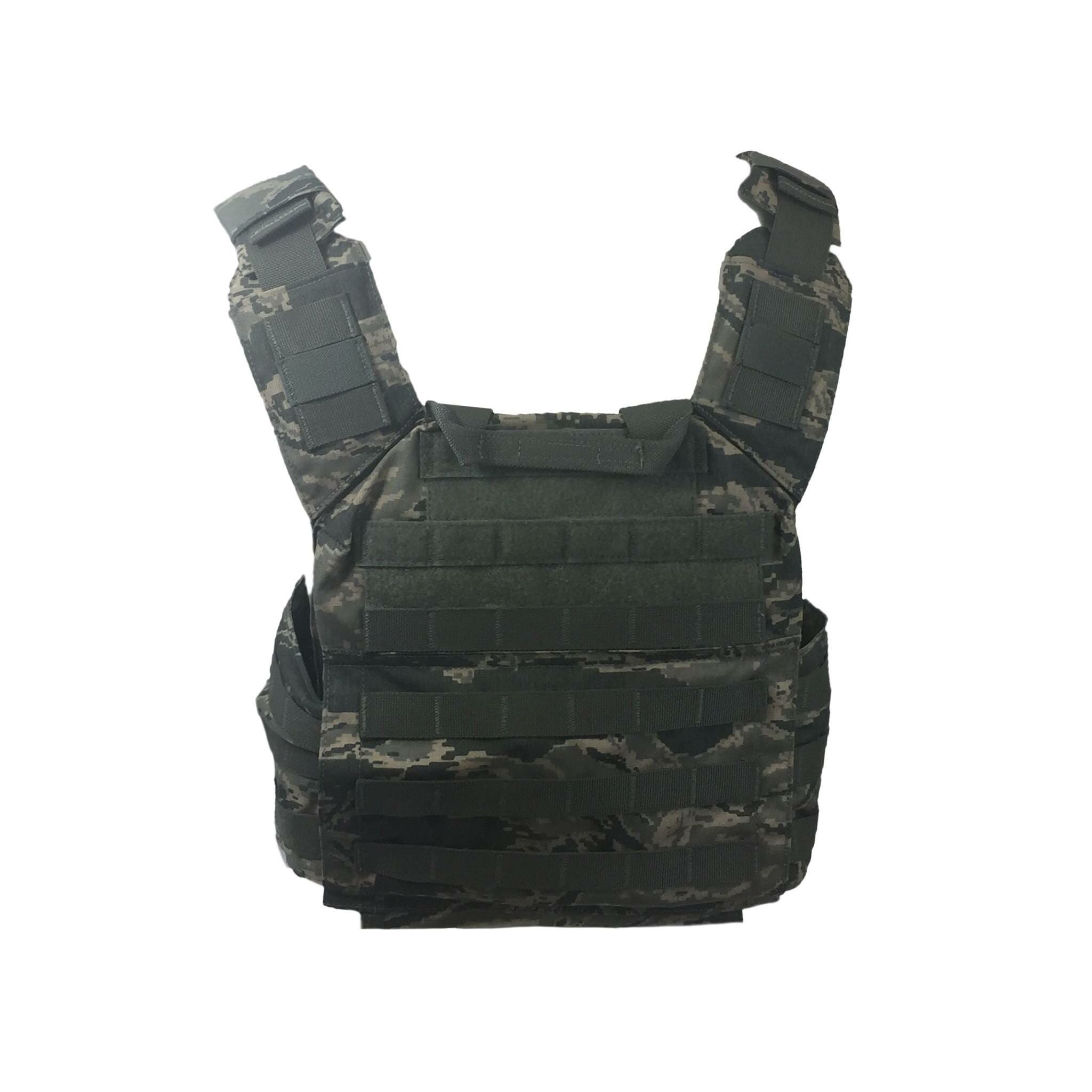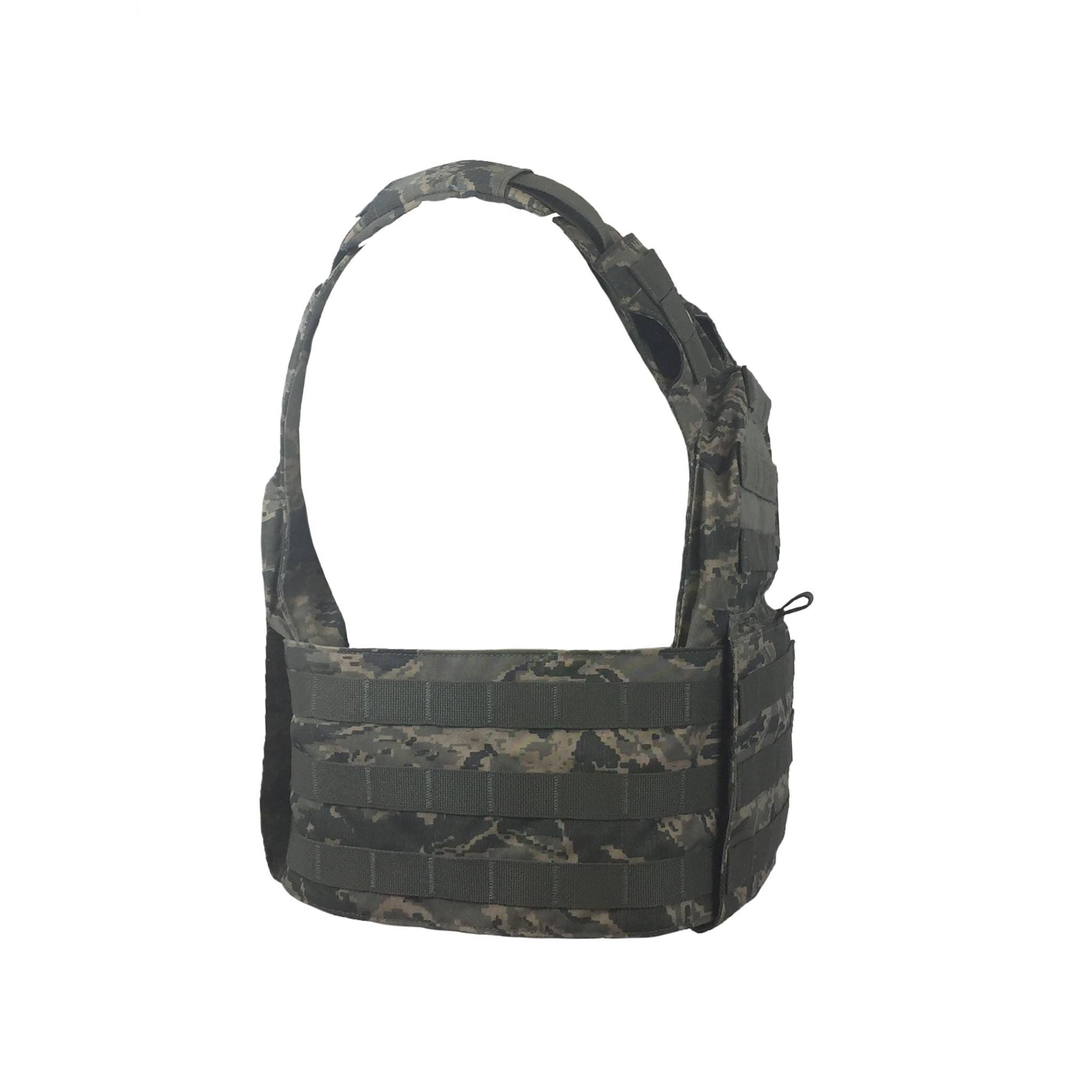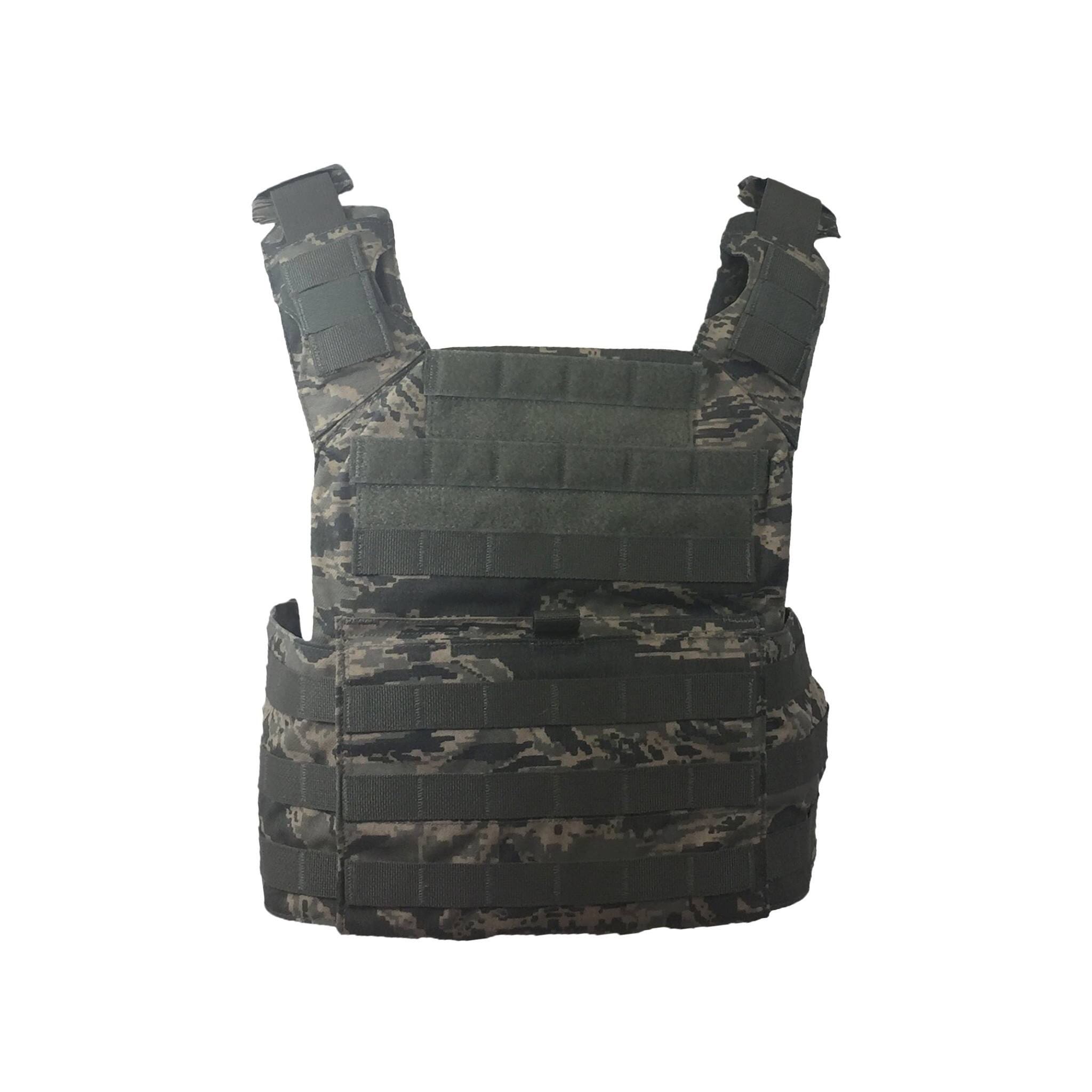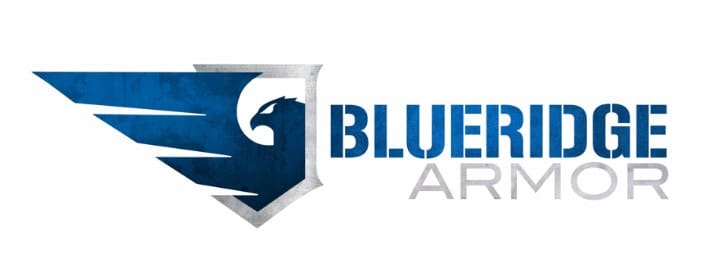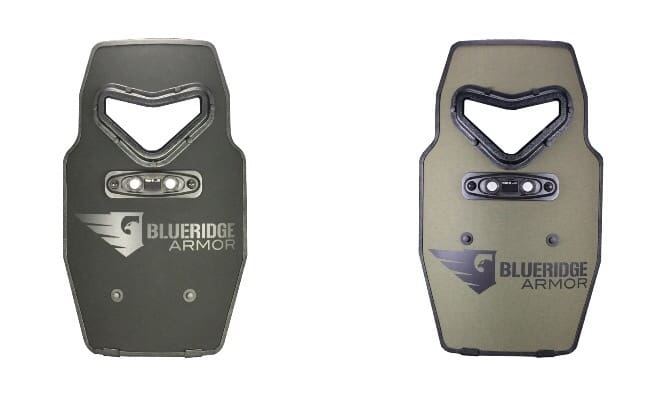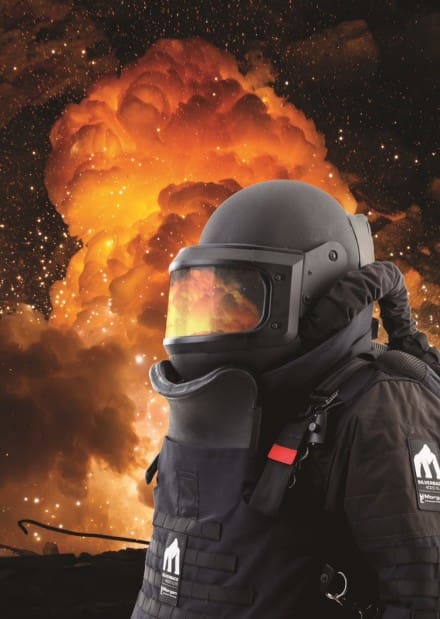MARINE CORPS BASE QUANTICO, Virginia— Marine Corps Systems Command welcomed U.S. Congresswoman Niki Tsongas to the Gruntworks Squad Integration Facility aboard Marine Corps Base Quantico July 11. During her visit Tsongas received an insider view of advancements in personal protective equipment and load bearing equipment for Marines.
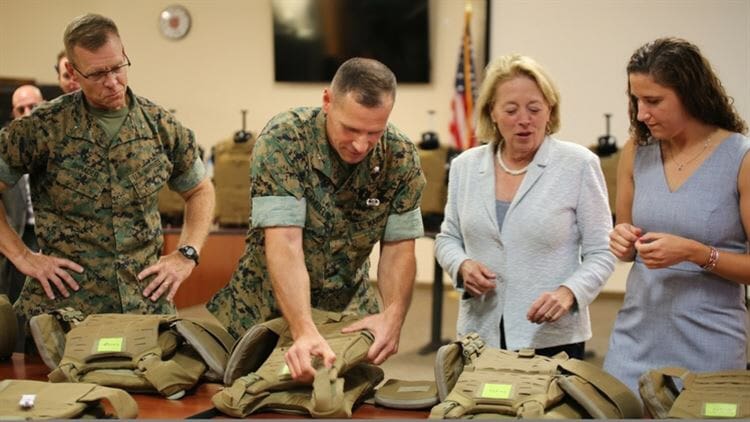
Massachusetts Congresswoman Niki Tsongas joins Marine Corps Systems Command acquisition experts aboard Marine Corps Base Quantico, Virginia, July 11, for a sneak peek at the latest gear for the 21st Century Marine. In a series of ongoing efforts, the Corps and the Army are collaborating to develop, test and deliver ever-better capabilities for Marines and Soldiers. From left: Brig. Gen. Joseph Shrader, MCSC commander; Lt. Col. Chris Madeline, program manager for Infantry Combat Equipment; Rep. Tsongas; and Mackie Jordan, an engineer in PM ICE. (U.S. Marine Corps photo by Emily Greene)
Raised in a military family herself, Tsongas represents the Massachusetts Third District. She is also a senior member of the House Armed Services Committee, and has been serving as the highest ranking Democrat on the largest HASC subcommittee, the Tactical Air and Land Forces Subcommittee (TAL), since the beginning of 2017. The TAL Subcommittee is responsible for overseeing and authorizing the research, development, production and procurement of a large segment of the resources and equipment used by the military services. Rep. Tsongas has led the push for modernized body armor and is working to support military innovation, particularly when it comes to lightening the load for the Warfighter.
"The Marine Corps is always looking to improve on current equipment to make it lighter, provide additional capability, and make it fit better," said LtCol Christopher Madeline, program manager for Infantry Combat Equipment at MCSC. "It was important to us to provide Congresswoman Tsongas an interactive experience with our newest gear so she has a more intimate understanding of our capabilities."
The Marine Corps is collaborating with the Army in a series of efforts to develop, test and deliver enhanced capabilities for Marines and Soldiers. As part of these efforts MCSC is changing the sizing of clothing, uniforms, and personnel protective and load bearing equipment to provide better fit, function and form for Marines, Madeline said.
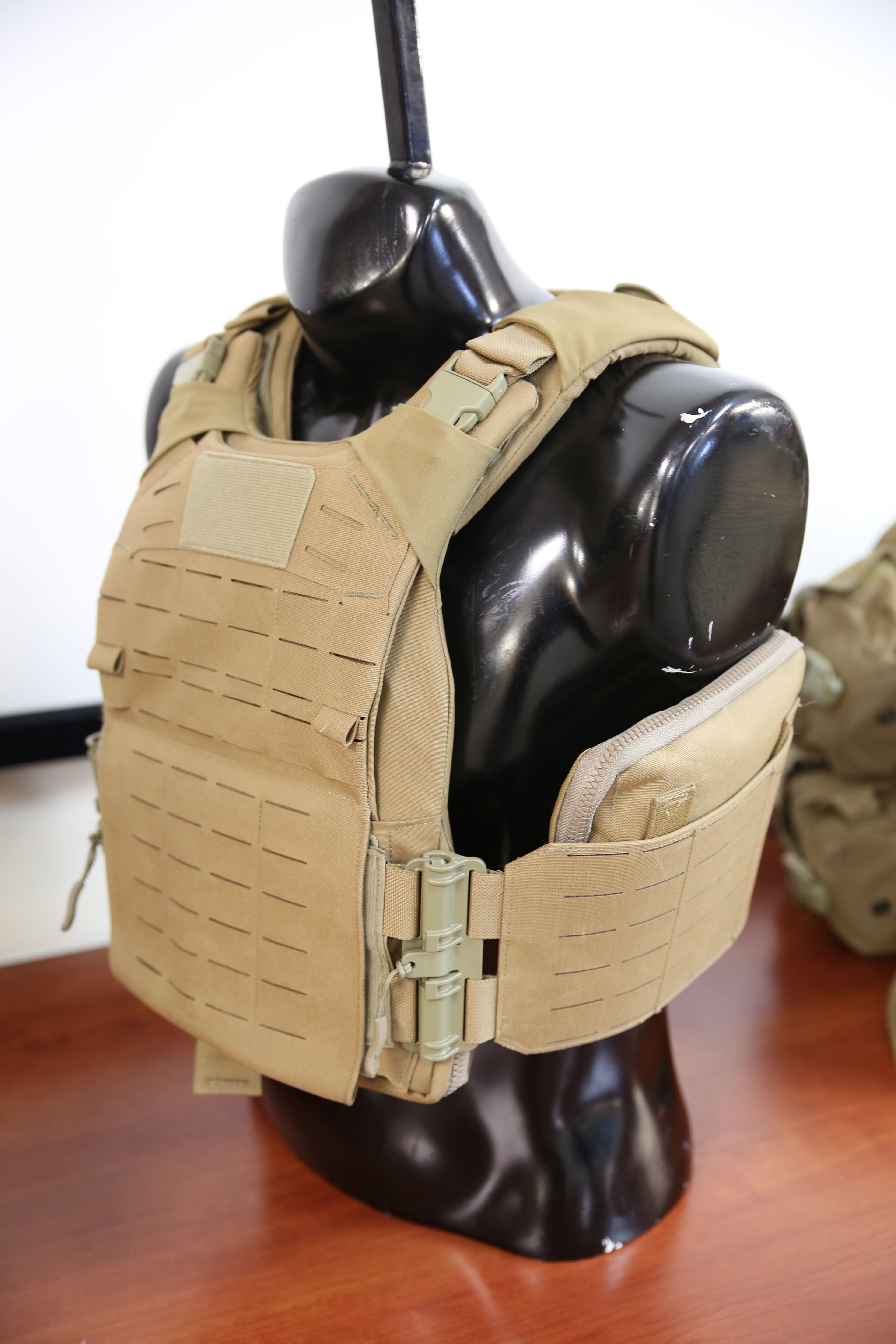
Plate Carrier Generation III: The Marine Corps and Army are closely aligned to ensure uniforms and personal protective equipment properly fit female and male service members in order to accommodate every individual Marine and Soldier. The services are partnering to develop the PC Gen III, a service-common vest that will provide better fit, comfort and mobility. The new prototype reduces the length of the protective vest by 1.25 inches; provides sports-graded shoulder straps to improve fit; and is about 23 percent lighter than previous models. The new sizes will provide small-stature Marines with a better fit and reduce the weight associated with wearing a larger plate.
Enhanced Combat Helmet: In May 2017, the Marine Corps awarded a contract to procure an additional 84,000 ECHs. Since 2014, Marines had only been issued the ECH prior to deployment. This purchase will enable Marines to use the helmet during training as well, eliminating the need to trade helmets before and after deployments. The Marine Corps currently manages three ballistic helmets but the future vision is a single helmet for all operating forces, which greatly simplifies logistics considerations and increases cost savings. Also used by the Army and Navy, the ECH provides the most ballistic protection beyond any other Department of Defense helmet. It exploits lightweight material technology to provide enhanced ballistic protection against select small arms and fragmentation. Fielding will begin in the spring of 2018, allowing Marines to train with the same equipment they use in combat.
Marine Corps Pack System: After extensive cold weather testing earlier this year, the Corps is working to re- enforce the frame of the pack system Marines use to carry equipment and gear on their backs. Although the frames were previously tested at temperatures ranging from -40 degrees to 140 degrees Fahrenheit, in accordance with North Atlantic Treaty Organization standards, it was found that real-world artic conditions caused the frames to become brittle and snap in extreme cold. During the test period, more than half a dozen MCSC experts worked to solicit feedback from Marines using the packs in order to identify how to improve the equipment.
MCSC is planning additional environmental and field testing for a more comprehensive evaluation of the reinforced frame’s performance in extreme cold temperatures. The testing will also determine additional root causes of the legacy frame failures, such as material aging and increased loads, to mitigate potential issues with the reinforced frame after fielding.
During Tsongas’ visit, MCSC experts briefed the congresswoman on the evolution of Marine Corps personal protective and load bearing equipment, allowing her to try on the PC GEN III, ECH and Marine Corps Pack System. Tsongas also received a behind-the-scenes demonstration of how engineers and specialists analyze and assess body types for equipment development.
“Since being elected to Congress, I have sought to ensure that our men and women in uniform are outfitted with the best life-saving equipment,” said Congresswoman Tsongas. “I appreciate the opportunity to visit Marine Corps Systems Command to see firsthand how they are seeking to improve the personal protective equipment issued to Marines. I look forward to continuing to work with the Marine Corps and the joint services to continue advancements in this most important equipment category.”
SSD Comments: While fielding of the Enhanced Combat Helmet is finally underway, an upgrade to the plate carrier shown is unfunded. Additionally, while much ado has been made about broken Pack Frames, investigation has revealed few actual breakages and those were under questionable circumstances.


